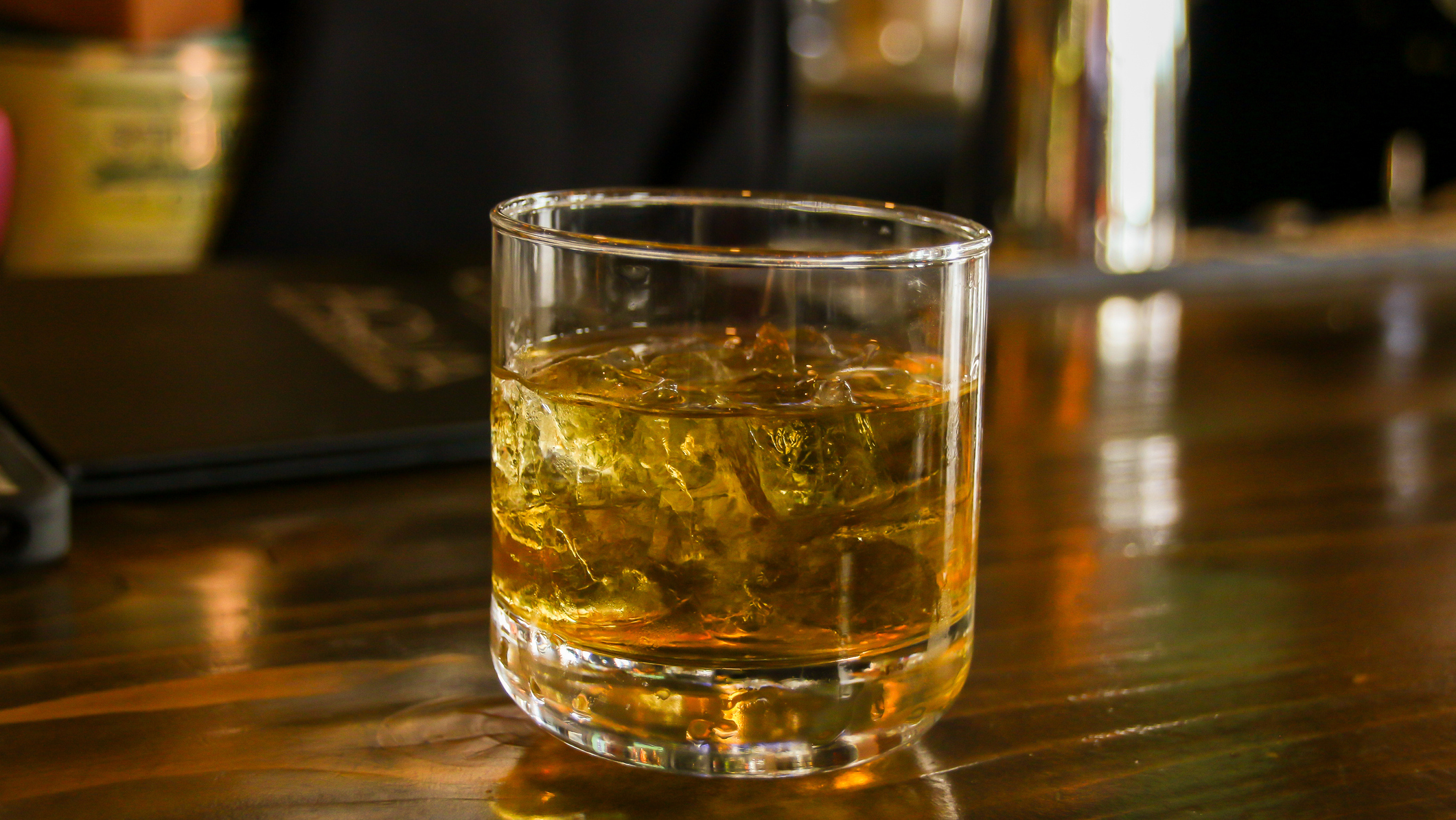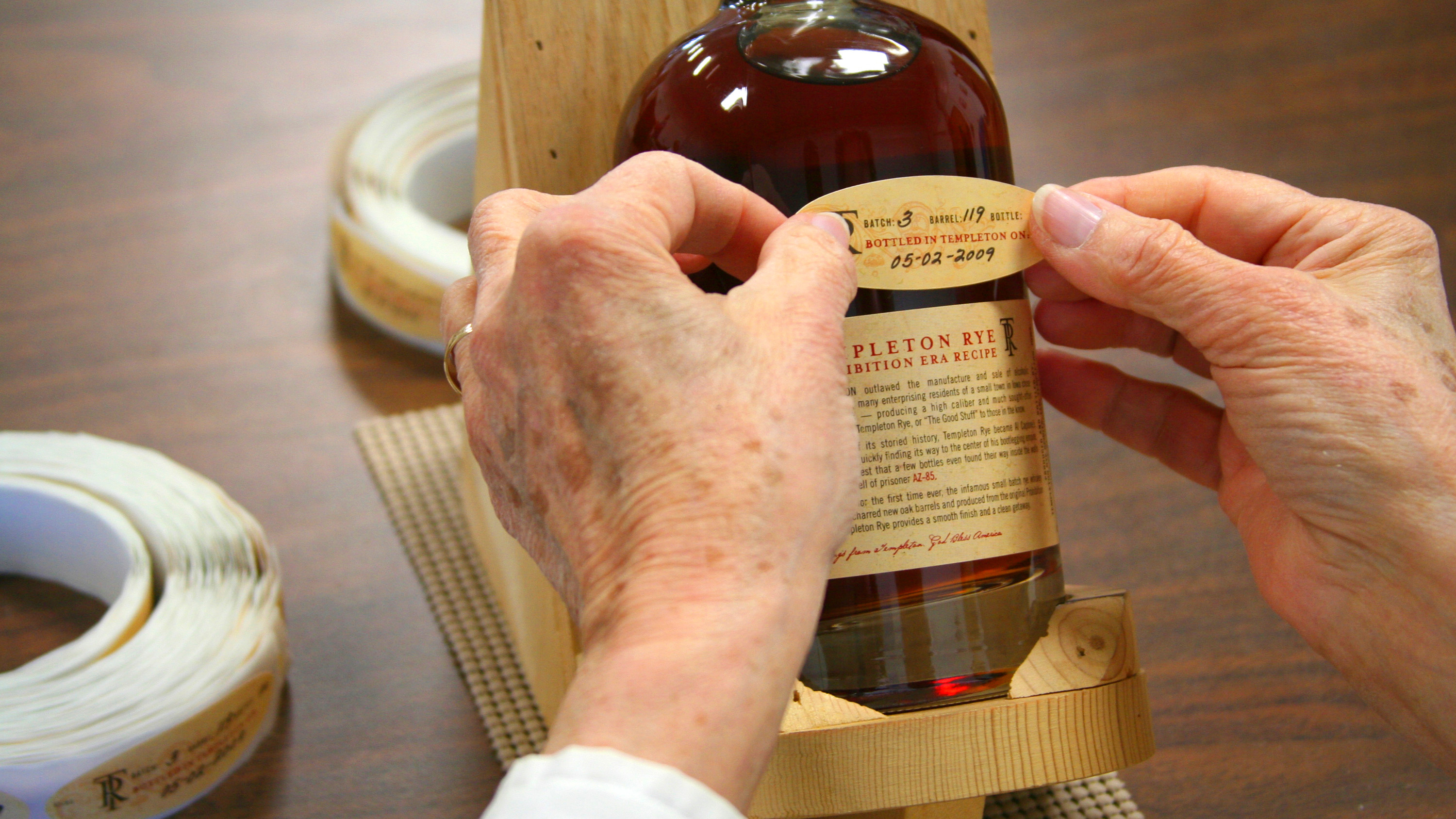Open Up To The Singular Zestiness Of Rye Whiskey
Welcome to Gateways To Drinkery, where The Takeout offers an entry-level course on our favorite libations, and some suggestions on where to start drinking them.
Rye whiskey
The lowdown: Bourbon may have earned the tagline "America's native spirit," but make no mistake: Rye whiskey was here first. In fact, colonists were turning the spicy grain into spirit long before the Bluegrass State was even a state and the U.S. was even a country. Rye cultivation was quite pervasive in Central and Western Europe and German and Dutch transplants brought it with them when they settled in the New World.
The nascent American government's whiskey tax in the 1790s and subsequent short-lived Whiskey Rebellion forced many distillers westward to—you guessed it—Kentucky, as well as Tennessee, where most ditched rye for corn. Rye-whiskey-making dwindled through the waning years of the 1800s into the early 1900s, and then Prohibition really put the nail in the coffin. A few of the most iconic brands held on post-Repeal, but, for the most part, their production shifted to the same Kentucky distilleries known for bourbon.
But everyone loves a comeback story, and the second decade of the twenty-first century has provided one for rye. Between 2009 and 2017, rye whiskey volume, according to the Distilled Spirits Council, grew 1,000 percent. Yes, thousand. Still, total U.S. rye volume didn't manage to crack 1 million cases in 2017 (by comparison, bourbon and Tennessee whiskey, which the Distilled Spirits Council measures as a single segment, reached 20 million cases last year).
Regardless of the relatively modest size of the segment, there's really no arguing with the fact that rye whiskey is on a tear. And that's thanks, in no small part, to the earlier resurgence of its corn-based cousin. Bourbon aficionados—especially those of the millennial sort—are an exploratory lot. The Kentucky-centric whiskey became the gateway through which they discovered all of the other wonderful beverages the grain-based-spirit world had to offer.
For two vastly different flavor profiles, bourbon and rye share an awful lot in common—well, sort of. The magic number for both of them is 51. For bourbon, at least 51 percent of the mash bill must be corn. For rye whiskey, that 51 percent threshold applies to its namesake grain.
Technically, a whiskey that's 51 percent corn and 49 percent rye can be called bourbon and one that's 51 percent rye and 49 percent corn can be called rye; but you won't encounter too many with either of those mash bills. Corn, malted barley, wheat or any combination thereof can be the basis of the minority portion of rye whiskey's grain bill.
American rye also must adhere to some of the same production and aging criteria as bourbon. It can't come off the still at a proof higher than 160, but once it does, it has to be diluted down to 125 proof or lower before it enters the barrels. As for those barrels, they must be new charred oak cooperage—it's a one-and-done scenario, just as it is for bourbon. If the spirit wants to be called "straight rye whiskey" it has to make itself comfortable inside that oak because it's not going to be allowed to come out for at least two years.
The taste: "Spicy" is the most common term drinkers throw around when talking about rye, but I think it's a bit of a crutch. Spice, in and of itself is not flavor, per se, but a broad spectrum of sensations, many of which have very little to do with each other. To get a little more specific, it's not uncommon to perceive notes of, say, white pepper, along with cinnamon, clove and allspice. There can be some fruity nuances, as well. It's sometimes difficult to pinpoint, but one flavor I keep running into is some sort of bizarre cherry/orange zest hybrid. I've even detected a vague, Dr. Pepper-ish quality, but every time I bring that up people look at me like I'm nuts. (I swear, it's there!) And then, as you'd probably expect, there are some vanilla and caramel notes, courtesy of the barrel.
In Colonial and immediately post-Colonial times, regional variations started to emerge. A style that came to be known as Monongahela Rye (named for the western Pennsylvania region's famous river and valley) developed around Pittsburgh and its hinterlands. It was known to have a much fuller mouthfeel, more pronounced rye grain aroma and considerably more assertive spice and fruit components than the whiskeys that traditionally had been produced in Maryland and Virginia. Part of that, some argue, is a terroir thing. Research has found that there's a higher presence of isobutanol in that area's rye, a compound that imparts fruity and rye-bread-esque notes.
There's also a practical reason for geographic differences: The original Western Pennsylvania distillers used a lot less corn in their mash than did their peers closer to the coast. The corn softened the flavor profile of whiskeys from Maryland and Virginia.
Possible gateway: Cocktails are frequently the entry points for various sorts of spirits and that's no different with rye—though you'll definitely want to be drinking this stuff neat fairly soon. Bourbon may have become the base of choice for Old Fashioneds and Manhattans, but rye is just as traditional (in the mid-to-late nineteenth century, it's likely people were drinking more rye than bourbon versions of the drinks). It's also the classic base for the Sazerac.
Brand-wise, you're definitely going to want to respect the elders of the category; most bars will probably stock the likes of Old Overholt or Rittenhouse. Big-name bourbon brands like Knob Creek and Bulleit also are producing rye variations. Naturally, you're going to want to raise a glass to the new wave of craft brands, so treat yourself to a Monongahela-influenced Keystone state favorite, Pittsburgh Distilling's Wigle Organic Straight Pennsylvania Rye Whiskey or a Marylander-like Sagamore Spirit Rye.
Next level: The rye content of most rye whiskeys you encounter will likely be in the ballpark of 60 to 70 percent. If you really want to taste the base grain unencumbered by other cereals, find yourself a good 100 percent rye offering. Whistlepig 100-100 can be a bit on the pricey side, but the spirit, made entirely of rye source in Alberta, Canada and bottled in Vermont, has become the quintessential 100-percenter. It was aged for 10 years and bottled at 100 proof (hence the second 100). Roundstone Rye from Virginia's Catoctin Creek Distilling is a more reasonably priced 100-percent rye option, as it doesn't sit in the barrel nearly as long (just under two years in wood).
Talk like an expert: When you're ready to move beyond rye cocktails and drink the stuff straight, resist the urge to order it the rocks. The usual whiskey dynamics apply here: You'll get more of the wonderful flavor and aroma with a drop of water or, if you want a bit of chill, a single, small ice cube. If it's too cold, you might not even be able to tell you're even drinking rye.

